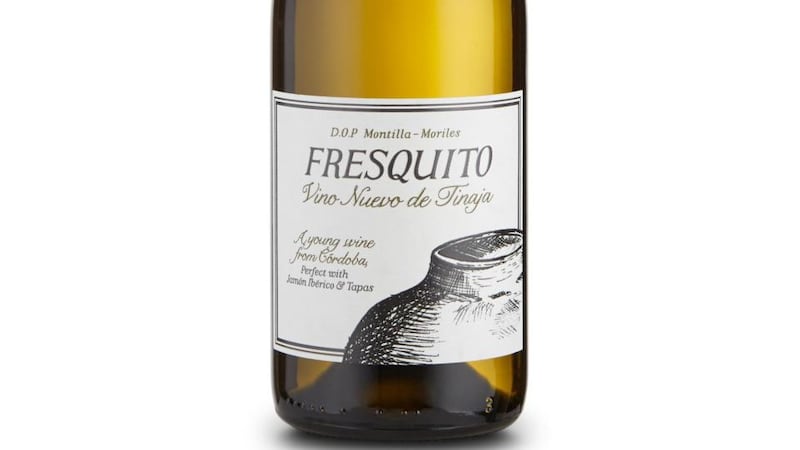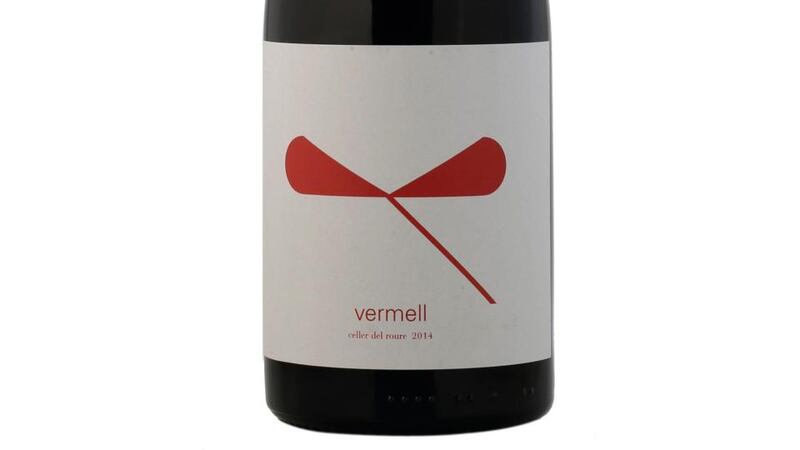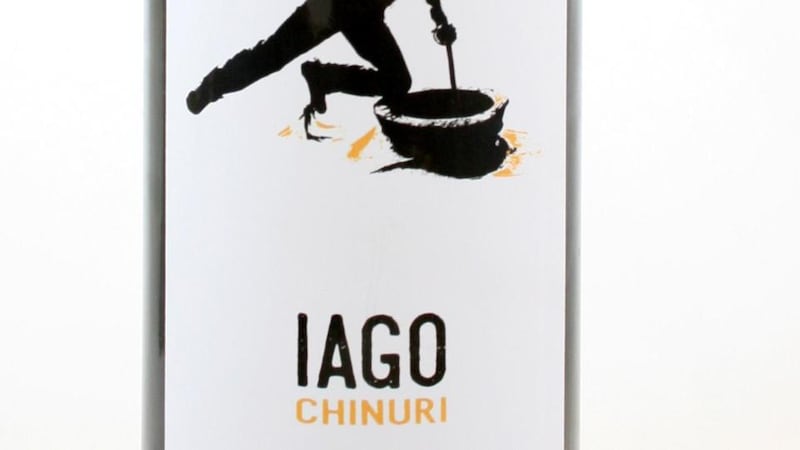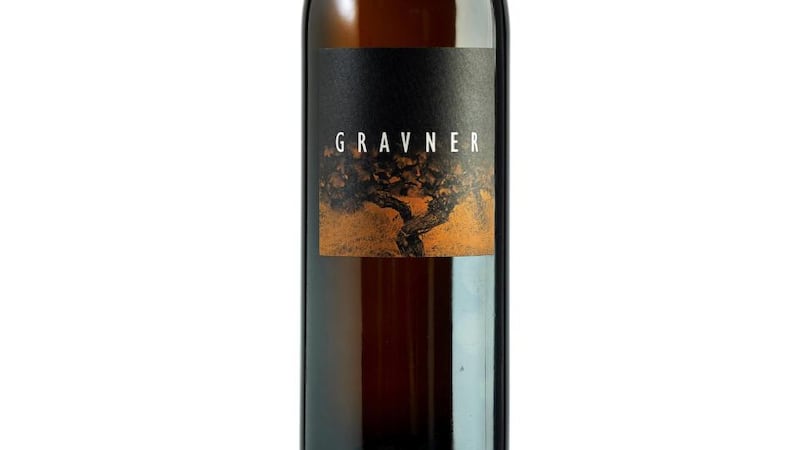Did our forefathers know best? The last few decades have seen huge changes in the way wine is made – large, modern wineries that look more like chemical plants, with massive columns of stainless steel joined together by a bewildering number of large pipes. A huge amount of science and technology has gone into making large quantities of consistently drinkable wines. And yet a growing band of winemakers are shunning all of this knowledge and retreating back to the very beginning of wine for their inspiration.
There have always been a few wineries around Europe still using clay amphorae containers – I have a picture somewhere of me sitting in a large one cut in half in a cellar in Portugal. But the recent trend started with Josko Gravner, an Italian/Slovene producer, who wanted to make more natural wines, and to improve the quality of his local grape, Ribolla Gialla. He began by fermenting wine on the skins, producing what is now known as orange wine (although Gravner prefers the term amber, "it is more bright, more alive, more concentrated"). He visited Georgia, the cradle of winemaking, where not only did they ferment wine on the skins, but they fermented and aged the wines for lengthy periods in very large (1,200-2,500-litre) clay amphorae, usually lined with beeswax. This is the oldest method of winemaking known to man, first used in Georgia and neighbouring Armenia somewhere between 5,000 and 8,000 years ago. Remarkably, they were still doing so, despite Soviet disapproval. According to Alice Feiring in her book on Georgian winemaking, For the Love of Wine, there were once hundreds of qvevri (amphora) potters, but that number had recently dwindled to three. As demand worldwide has rocketed, I feel sure others are in training. Qvevri and qvevri winemaking now has Unesco World Heritage status.
Ferment and age
Gravner bought some amphorae back to Italy, buried them in the ground below his cellar, and began using them to ferment and age his wines. Other winemakers in the northeast of Italy and Slovenia started doing the same, soon followed, it seems, by half the world’s winemakers. The traditional method in Georgia was to lightly crush the grapes (sometimes by foot) and put juice and grapes into the qvevri, where it will start fermentation and the second malolactic fermentation. The amphora provides a natural and consistent temperature control; the shape is said to aid gentle circulation and clarification, and the wine is given a gentle oxygenation.
Amphorae have been used to make, age and transport wine for thousands of years. Today some winemakers ferment in clay, other simply age the wine for a few months in amphorae. I am not sure I could pick out a wine that has received a little clay treatment, but it is fun to drink a little living history.

Fresquito 2017, Montilla-Moriles, Spain, 14%, €13.30
On of my all-time favourite M&S wines, made in clay amphorae in Montilla-Moriles, it is an utterly delicious, vaguely sherry like (but unfortified) wine with delicate toasted nuts, green olives and plump apricot fruits, finishing dry. Amazing value for money.
Stockists: Marks & Spencer

Vermell 2017, Celler del Roure, Valencia (Organic), €16.50
Aged in century-old Spanish clay amphora, this is another favourite of mine. The latest vintage is the best yet, brimming with delicious ripe savoury damsons, some dried herbs and a refreshing acidity. Great with roast chicken.
Stockists: Ely 64, Glasthule, Ely64.com; Jus de Vine, Portmarnock, jusdevine.ie; Green Man Wines, Terenure, greenmanwines.ie; Searsons, Monkstown, searsons.com; Clontarf Wines, clontarfwines.ie; Baggot Street Wines, Baggot Street, baggotstreetwines.com; Blackrock Cellar, Blackrock, blackrockcellar.com; Bradleys Off-licence, Cork, bradleysofflicence.ie; Worldwide Wines, Waterford, worldwidewines.ie; Kellys, Clontarf, kellysofflicence.ie; and The Wicklow Wine Co., Wicklow, wicklowwineco.ie.

Iago Bitarishvili Chinuri 2017, Chardakhi, Central Georgia, 12%, €24.80
Pithy textured tannic lemon peel and marmalade, with lovely slightly funky earthy fruit, very good acidity and a long dry finish.
Stockists: Le Caveau, Kilkenny, lecaveau.ie; Green Man Wines, Terenure, greenmanwines.ie; and The Corkscrew, Chatham St., thecorkscrew.ie.

Gravner Bianco Breg 2009, IGT Venezia-Giulia, 15%, €75
Ripe, rich and spicy, with orange peel, dried apricots and figs. Long and quite luscious, although there is still plenty of acidity. Fascinating wine.
Stockists: Sheridan’s Cheesemongers, South Anne Street, Kells, Co Meath, Galway, sheridanscheesemongers.com; SIYPS.com; Ely 64, Glasthule, Ely64.com; and Green Man Wines, Terenure, greenmanwines.ie.



















